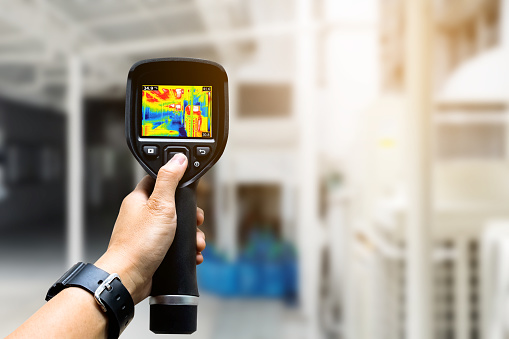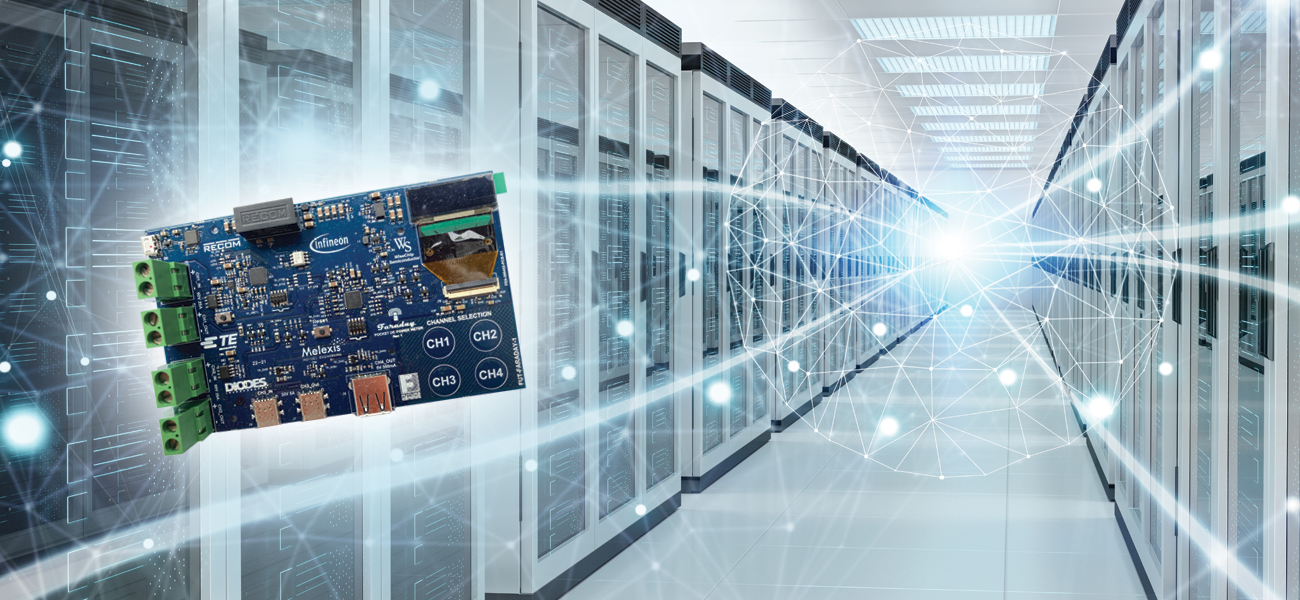Wireless Just Got Better
Welcome back to another episode of Techventures. In this edition, Lazina covers the features, benefits, and the when and where for the STMicroelectronics STM32WB MCU.
The STMicroelectronics STM32WB MCU is the ideal solution for projects looking to embed wireless connectivity in their products using 2.4 Ghz radio protocols. This device is an integrated radio transceiver with a dual core low power 32-bit MCU that adds value from both technologies.
To learn more about this exciting new device, see the video in this page, or read the full transcript below.
Do you need to embed wireless connectivity inside your products? If you have chosen to go with 2.4 Ghz radio protocols like Bluetooth, Zigbee or Thread, then the STM32WB from STMicroelectronics is the perfect wireless MCU for you!
Hi! Welcome back to TechVentures.
My name is Lazina, and I’m a Technical Marketing Engineer at Future Electronics.
If you are interested in checking out any previous TechVentures videos, please click the link on the screen or check out the description box below.
Are you looking for an integrated radio transceiver with a dual core low power 32-bit MCU to benefit from both technologies?
Then, in the STM32WB family, you will discover the combination of a 32-bit ARM Cortex M4, and a M0+ processor. The Cortex M4 is dedicated to the main application. The Cortex M0+ is dedicated to the Bluetooth LE 5.3, 802.15.4, Zigbee and Thread radio tasks. This ensures real-time concurrent performance.
The independent radio activity on the M0+ core, while processing data from a sensor fusion on the M4 for example, makes the STM32WB a great choice for a wide range of connected devices.
Whenever making a choice on a new family of ICs, you may wish to consider the breadth of the available portfolio to be able to make the relevant trade-offs and plan your product roadmap accordingly.
The STM32WB products are all based on the same IP, giving you easy and straight forward compatibility for future migration and design resilience. There is even a 10-year product longevity commitment to the product lifecycle. This 10-year commitment is renewed January 1st of every year for 10-years.
From 256KB to 1MB Flash and from 48 to 129 pins you can choose from over 30 parts, and for a quicker way to market there is also a fully certified module.
In order to speed up and ease your project development, ST has created a set of comprehensive HW and SW tools also covering RF and low power examples. There are also application notes and gerber files of evaluation boards available online to reduce the RF design cycle for the STM32WB series.
Not to be outdone by the STM32WB series, STMicroelectronics also offers the BlueNRG series of devices which are Bluetooth LE 5.0-5.3 single core devices.
There are three different hardware development kits to accompany the STM32WB portfolio:
The NUCLEO-WB55RG remains true to the STM32 NUCLEO ecosystem, and this is to evaluate the STM32WB55 and STM32WB35 devices. It has an Arduino Uno V3, and ST morpho header to provide compatibility with ST Micro’s specialized shields.
Then we have the P-NUCLEO-WB55, there are two components to this kit, one is the shield with the Arduino Uno V3 connectors ST Morpho headers and there is a USB dongle. Both parts house the STM32WB MCU, but the shield has an on-board ST-Link debugger and programmer. The easiest way to program the dongle is through a USB system bootloader. This kit is ideal for peer-to-peer applications, and even mesh demos. This is better for prototyping.
Lastly, we have the STM32WB5MM-DK, this board has an embedded accelerometer, gyroscope, temperature sensor, time of flight and gesture detection sensor and a digital microphone. This board also includes an Arduino V3 header on the back of the board and includes the ST-LINK debugger and programmer embedded.
The hardware features of the Discovery and NUCLEO kits are complimented by the STM32CubeMX, STM32CubeIDE, and programmer software tools for users to develop their applications whether it be for Proprietary Bluetooth LE audio, Bluetooth LE mesh, lighting, and beaconing.
In the next episode I will walk you through how to get your board up and running.
To learn more about ST Microelectronics wireless MCU modules, please contact your local future electronics representative, or visit us online at futureelectronics.com
Thanks for watching and I’ll catch you next time on Techventures with Lazina!






